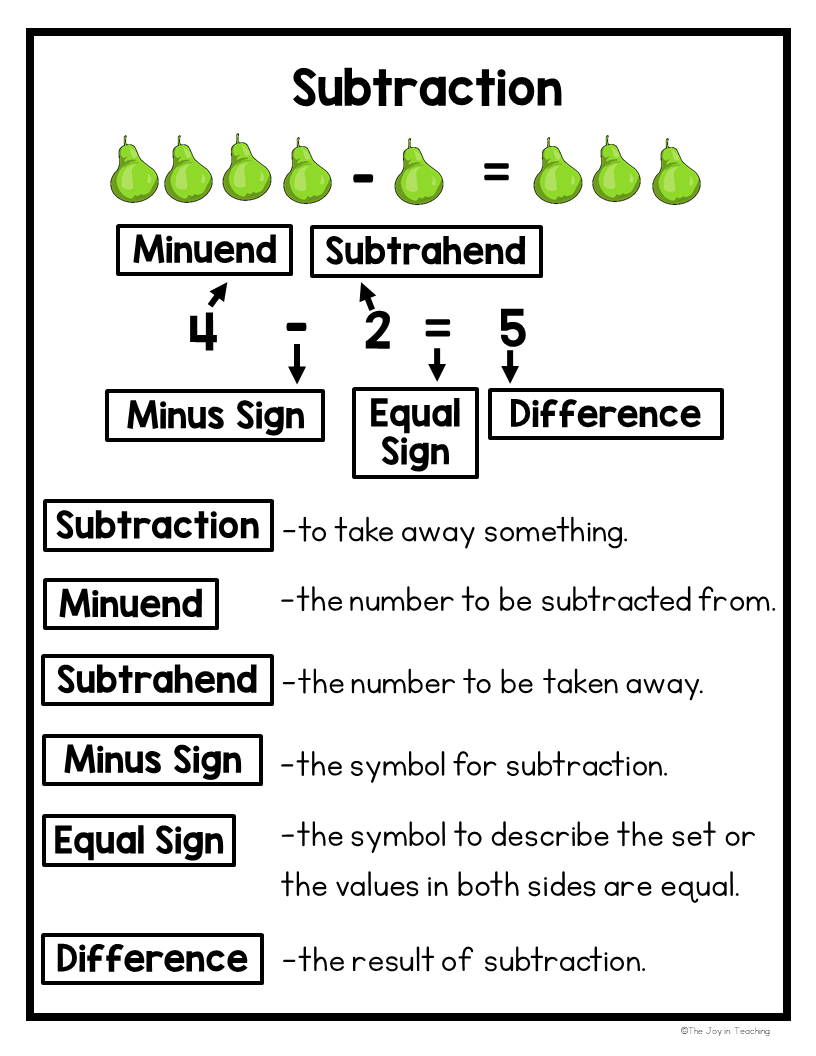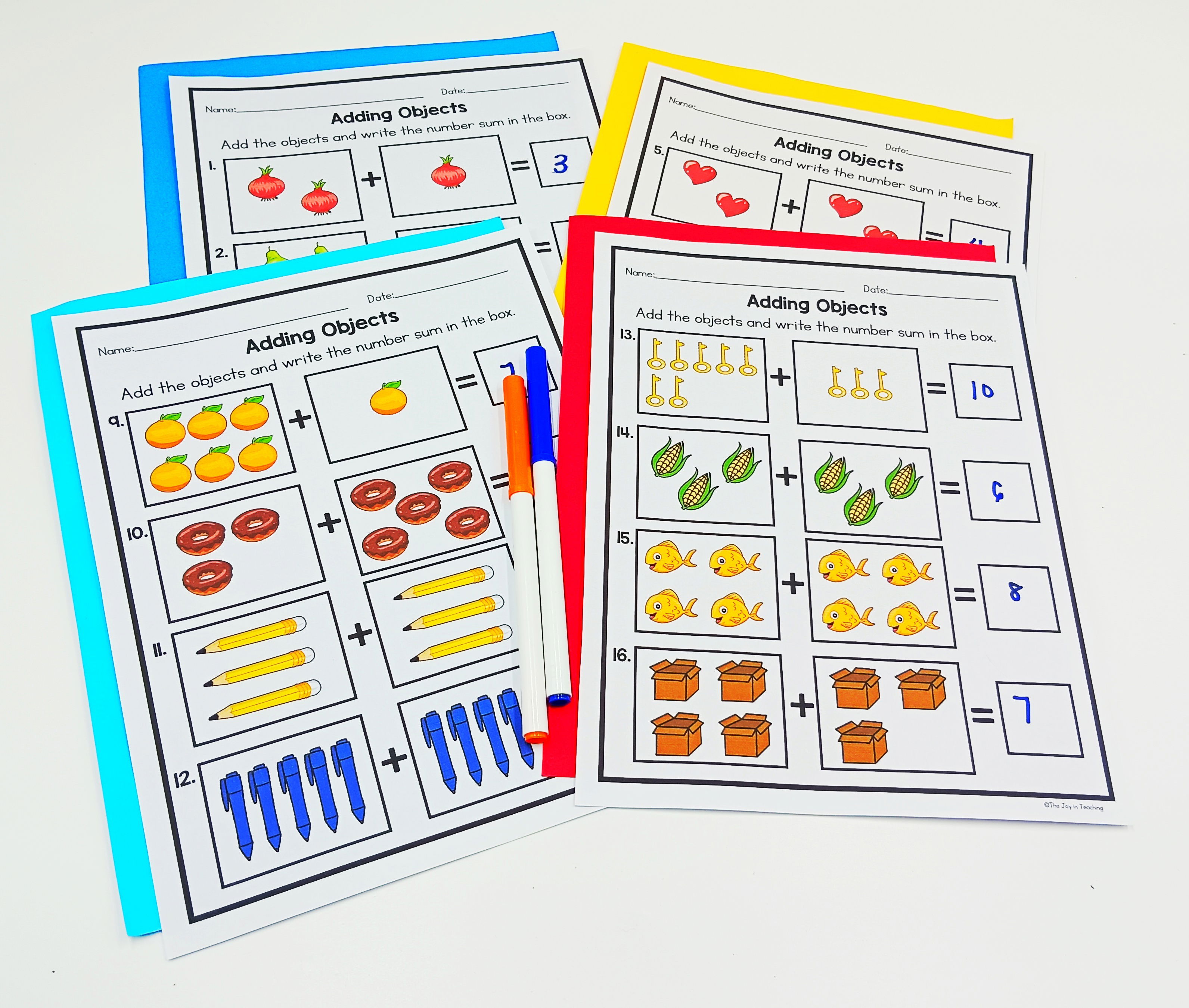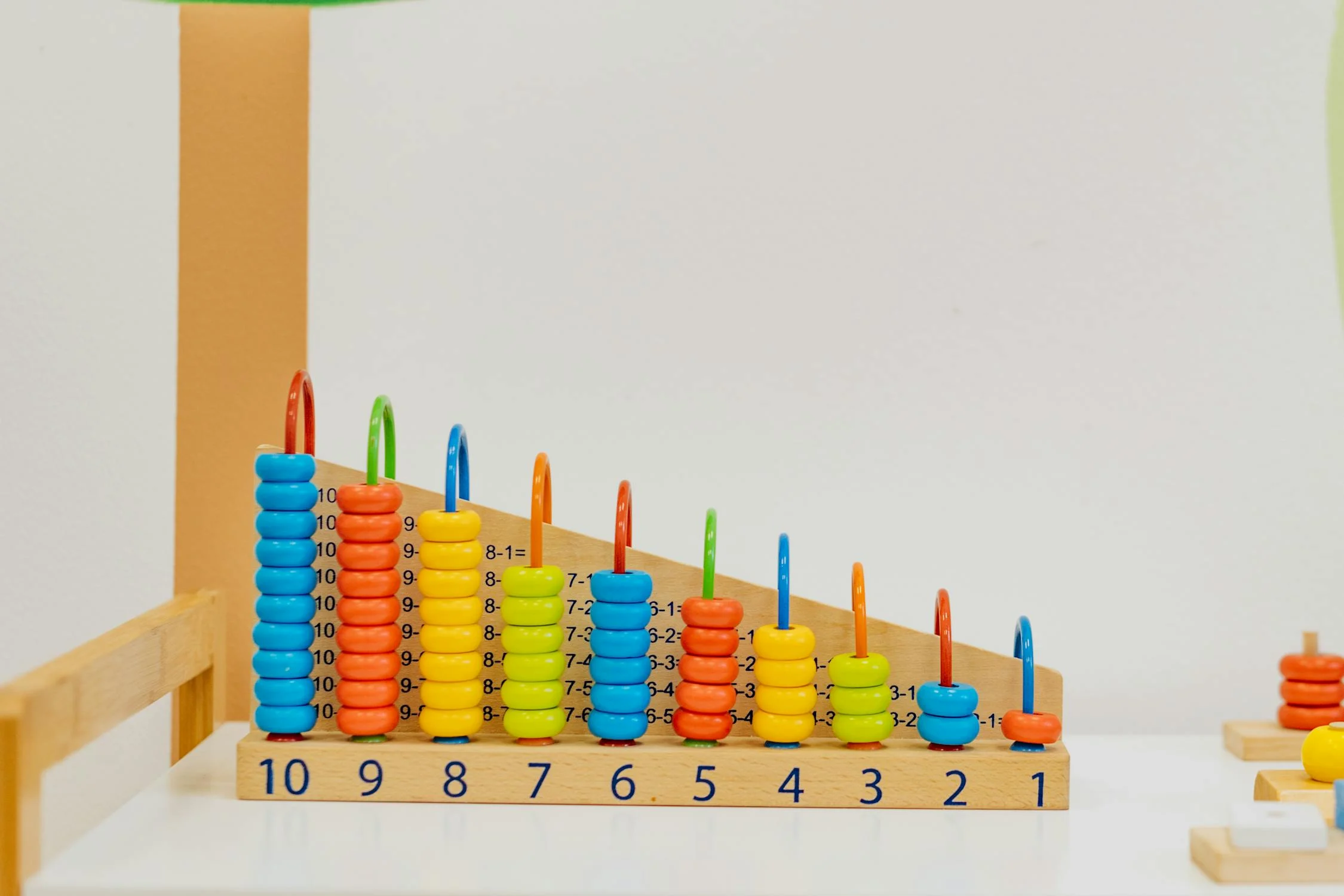How to Teach Addition and Subtraction for Kindergarten: A Fun and Engaging Guide
Welcome, parents and teachers, to the wonderful world of teaching addition and subtraction to kindergarteners! 📚 Whether you're a seasoned educator or a parent stepping into the world of homeschooling, this blog is packed with tips, tricks, and a sprinkle of humor to make learning math a blast. Get ready to dive into activities, charts, and creative strategies that will help your little ones master these foundational math skills.
Why Teach Addition and Subtraction Early?
Before we jump into the fun stuff, let's talk about why it's important to introduce addition and subtraction at an early age. Kindergarten is a crucial time for building the foundation of math skills. Understanding basic arithmetic helps kids develop critical thinking, problem-solving abilities, and a love for learning.
The Essential Tools in Teaching Addition and Subtraction
- Addition and Subtraction Charts: Visual aids to help kids understand the basics.


- Worksheets: Activities for adding and subtracting objects, fingers, and using number lines.

- Word Problems: Real-life scenarios to apply their math skills.

- Color by Code: Fun coloring activities that make learning feel like playtime.

- Decomposition Exercises: Breaking down numbers to understand addition and subtraction better.

Standards Included:
- CCSS.Math.Content.K.OA.A.1: Representing addition and subtraction in various ways.
- CCSS.Math.Content.K.OA.A.2: Solving word problems using objects or drawings.
- CCSS.Math.Content.K.OA.A.3: Decomposing numbers into pairs.
- CCSS.Math.Content.K.OA.A.4: Finding numbers that make ten.
- CCSS.Math.Content.K.OA.A.5: Adding and subtracting within five fluently.
Hands-On Activities to Teach Addition and Subtraction
1. Counting with Objects
🧸Activity: Use everyday items like buttons, apples, or toy cars to teach counting, addition, and subtraction.
How to Do It:
- Start with a small number of objects (e.g., 5 buttons).
- Ask your child to count them.
- Add a few more and count again.
- Remove some and recount.
- Pro Tip: Turn it into a game. "How many cars if we add two more? Let's drive them to the garage!"

2. Finger Math
✋Activity: Use fingers to demonstrate addition and subtraction. How to Do It:
- Show a number using fingers.
- Add or subtract fingers to show the new number.
- Pro Tip: Use funny finger puppets to make it more engaging. "Mr. Wiggly says add two more fingers!"

3. Number Line Fun
📏Activity: Create a number line on the floor using tape.
How to Do It:
- Jump from one number to another to show addition.
- Walk backward to demonstrate subtraction.
- Pro Tip: Turn it into a hopscotch game. "Hop three steps forward! Now hop two steps back!"

4. Color by Code
🎨Activity: Use worksheets where colors are assigned to answers. How to Do It:
- Solve the addition or subtraction problems.
- Color the picture according to the code.
- Pro Tip: Make it a competition. "Who can finish their colorful image first?"

5. Decomposition Drama
🎭Activity: Break down numbers into pairs.
How to Do It:
- Use toys to show different pairs that make up a number.
- "5 can be 2 + 3 or 4 + 1!"
- Pro Tip: Use storytelling. "The number 5 had a party and invited 2 and 3. How else can we make 5?"

6. Word Problem Wonders
✍️Activity: Create simple stories involving addition and subtraction. How to Do It:
- "If Johnny has 3 apples and gets 2 more, how many does he have?"
- Use drawings to illustrate the problem.
- Pro Tip: Use your child's favorite characters. "If Spider-Man saves 4 people and then 3 more, how many did he save?"

7. Find the Number that Makes Ten
🎯Activity: Practice finding pairs that add up to ten.
How to Do It:
- Use fingers, drawings, or objects.
- "What number do we need to add to 7 to make 10?"
- Pro Tip: Use a ten-frame mat for visual learners.

At Home/ Outdoor:
1. Counting Adventures: Turn everyday activities into counting adventures. Count the number of steps on the stairs, the number of toys in the toy bin, or the number of plates on the dinner table. This helps build a strong foundation for addition.

2. Math Storytime: Incorporate math into storytime by reading books that involve counting, adding, or subtracting. For example, "Five Little Monkeys Jumping on the Bed" is perfect for subtraction practice.

3. Kitchen Math: Involve your child in cooking or baking activities. Have them count the number of ingredients needed or ask them to help you add or subtract measurements.

4. Math Games: Play simple math games like "I Spy" with numbers around the house, or create a homemade board game where players move forward by correctly answering addition or subtraction questions.
5. Math Manipulatives: Use everyday objects like LEGO bricks, buttons, or pasta shapes as math manipulatives. Let your child explore addition and subtraction by physically moving and counting objects.

At School:
1. Math Centers: Set up math centers with different activities focusing on addition and subtraction. Include games, puzzles, and hands-on activities like counting bears or blocks.

2. Number Bonds: Use visuals like number bonds to teach addition and subtraction relationships. Have students use counters or drawings to represent the parts and the whole.

3. Math Mats: Create interactive math mats where students can use manipulatives to solve addition and subtraction problems. Incorporate themes like animals, shapes, or transportation to make it engaging.

4. Outdoor Math: Take math outside! Use sidewalk chalk to draw addition and subtraction problems on the pavement or play games like "Math Scavenger Hunt" where students search for objects to add or subtract.

5. Math Story Problems: Write or find story problems that involve addition and subtraction. Encourage students to act out the problems or draw pictures to help them visualize the concepts. By incorporating these fun activities into both home and school environments, you can make learning addition and subtraction an enjoyable and interactive experience for kindergarteners.

Tips and Tricks from Real Parents and Teachers
1. Consistency is Key
🔑 Make math a part of everyday life. Ask math questions during snack time, while shopping, or on a walk.
2. Use Positive Reinforcement
🌟 Celebrate their successes, no matter how small. "You solved that problem! High five!"
3. Incorporate Movement
🚶 Kids learn better when they’re active. Use movement to teach math concepts, like jumping on a number line or acting out word problems.
4. Keep It Short and Sweet
🍬 Young kids have short attention spans. Keep lessons brief but frequent.
5. Be Patient and Encouraging
🤗 Learning takes time. Celebrate their efforts and progress, even if it’s slow.
Real-Life Examples:
Mrs. Johnson's Classroom Adventure 🎒 Mrs. Johnson, a kindergarten teacher, noticed her students struggled with subtraction. So, she turned to a fun activity. She created a "Subtraction Storytime," where each child acted out subtraction stories with props. The kids loved it, and soon subtraction wasn’t so scary!
The Smith Family's Kitchen Math 🍽️ The Smith family turned dinner prep into a math lesson. Measuring ingredients became a lesson in addition and subtraction. "We need 3 cups of flour. We have 1, how many more?" Their daughter, Emily, not only learned to bake but also to love math.
Conclusion Teaching addition and subtraction to kindergarteners doesn’t have to be a daunting task. With the right activities, a bit of creativity, and a lot of enthusiasm, you can make math a fun and exciting adventure. Dive into our worksheets, try out the activities, and watch as your little mathematicians flourish. Happy teaching and learning! 🎉📚 Remember, the journey of a thousand miles begins with a single step—or in this case, a single sum! 😉
Do you need practice worksheets?
Follow Me for More Teaching Tips with Joy For more tips, resources, and a daily dose of teaching joy, follow me on:
Got questions or want to share your success stories? Drop me an email at thejoyinteaching@gmail.com. I love hearing from fellow educators and parents! Happy Teaching!
Joy Medalla
The Joy in Teaching 💛